Tag Printing
Tag Printing
It is a critical process in various industries, and it involves producing tags or labels that can convey essential information.
The process of producing labels, tags that are attached to products, assets, or items for various purposes such as identification, pricing, inventory management, branding, or information display. These tags can be printed using various technologies and can contain text, images,or other information. The use of tags and labels dates back centuries, but the modern concept of tag printing as we know it today began to emerge in the late 19th and early 20th centuries with the rise of industrialization and mass production.

Printing Methods
1.Thermal Printing:
Direct Thermal:
Uses heat-sensitive paper and does not require ink, making it ideal for short-term use like shipping labels or temporary tags.
Thermal Transfer:
Uses a ribbon coated with wax or resin that transfers onto the label material when heated, producing durable prints.
It’s commonly used for long-lasting asset tags or outdoor tags.
2.Inkjet or Laser Printing:
These are traditional printing methods where ink or toner is applied directly to the tag. Inkjet printing is ideal for high-resolution images, making it suitable for detailed and colorful designs. It works well on various surfaces, including glossy and specialty papers, but the ink may smudge if not handled carefully. Laser printing, on the other hand, is more suitable for fast, bulk printing, offering sharp text and smudge-proof results. It is cost-effective for high-volume printing, especially for black-and-white tags that require precision and durability.
3.Dot Matrix Printing:
Older technology that uses impact to transfer ink onto the tag. It is used for industrial tags or environments where durability is critical.
4.Digital Printing:
Suitable for on-demand, high-quality tags that may require variable data printing (e.g., unique barcodes or serial numbers). It’s commonly used for small batches or custom tags.
5.RFID (Radio Frequency Identification) Tag Printing:
Involves embedding RFID chips within the tag. These tags are printed with both visual information and RFID chips, enabling wireless scanning and data transfer. RFID tags are commonly used in logistics, inventory management, and supply chain tracking.
Use Cases of Tag Printing
- Retail: Price tags, product tags, and promotional tags for products.
- Logistics: Shipping tags that carry tracking information or barcodes.
- Inventory Management: Barcode and QR code tags for stock tracking.
- Event Management: Name tags and badges for identifying attendees.
- Manufacturing/Industrial: Safety and instruction tags for machines or equipment.
The Process of Tag Printing
This specialized printers and software, or it can be outsourced to professional printing services. The choice depends on the volume of tags needed, the complexity of the design, and the specific requirements of the application.
Design: The tag design is created using graphic design software. This includes selecting the layout, fonts, colors, and any images or logos that will be printed on the tag.
Material Selection: The appropriate material for the tag is chosen based on its intended use. For example, waterproof materials might be used for outdoor tags, while durable materials might be chosen for industrial applications.
Printing: The design is printed onto the chosen material using a printer. There are different types of printers available for tag printing, including inkjet, laser, thermal, and dot matrix printers. The choice of printer depends on the volume of tags needed, the required print quality, and the type of material being used.
Finishing: After printing, the tags may undergo additional finishing processes such as laminating, cutting, or hole punching. This ensures that the tags are durable and ready for use.
Encoding: For tags that include barcodes, RFID chips, or other tracking technologies, the encoding process is carried out. This involves programming the tag with the necessary data that can be read by scanners or readers.
Distribution: The finished tags are then distributed for use in their respective applications.
Tag Printing Images

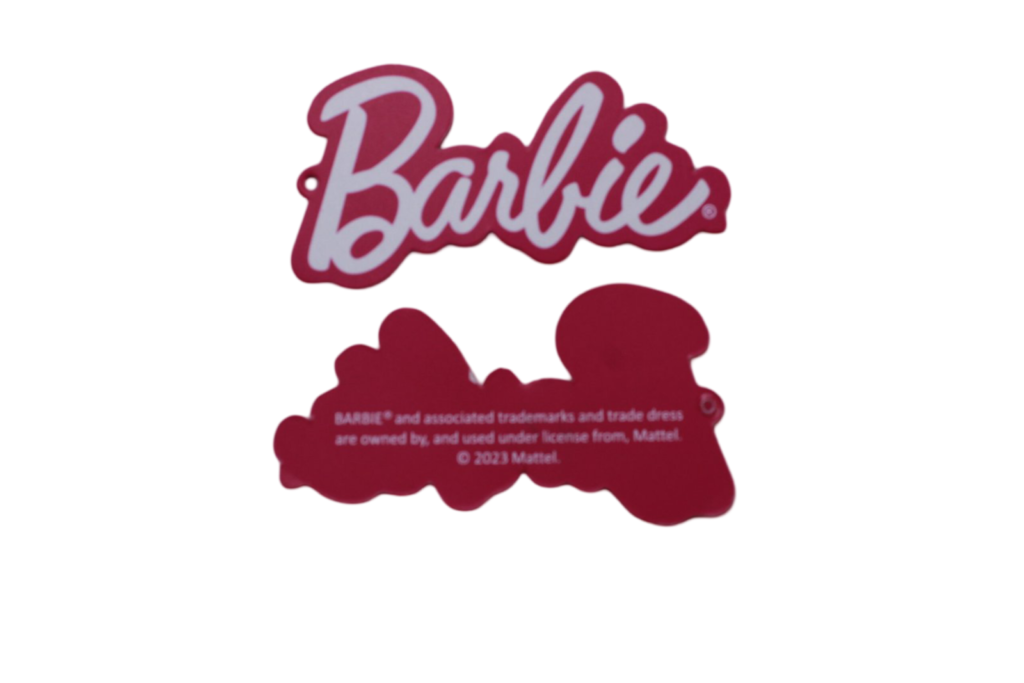
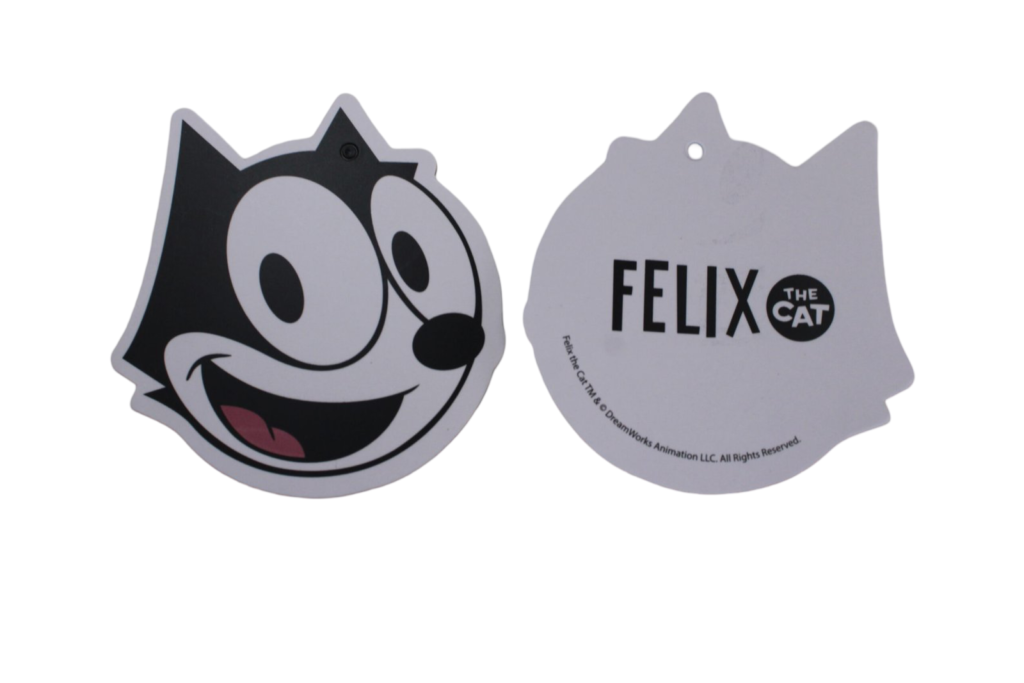


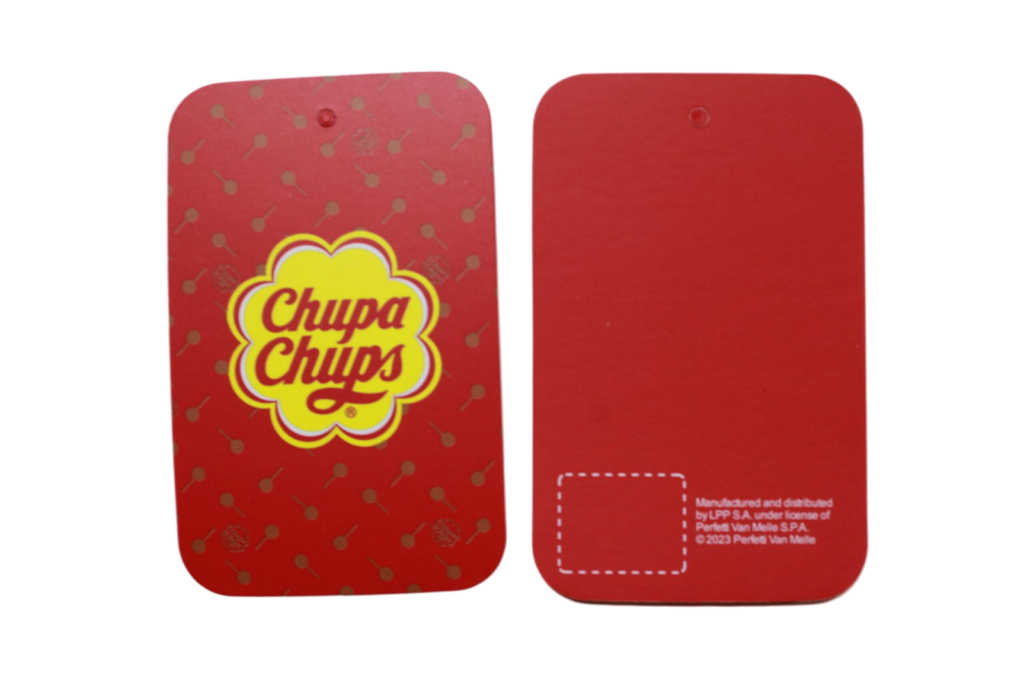
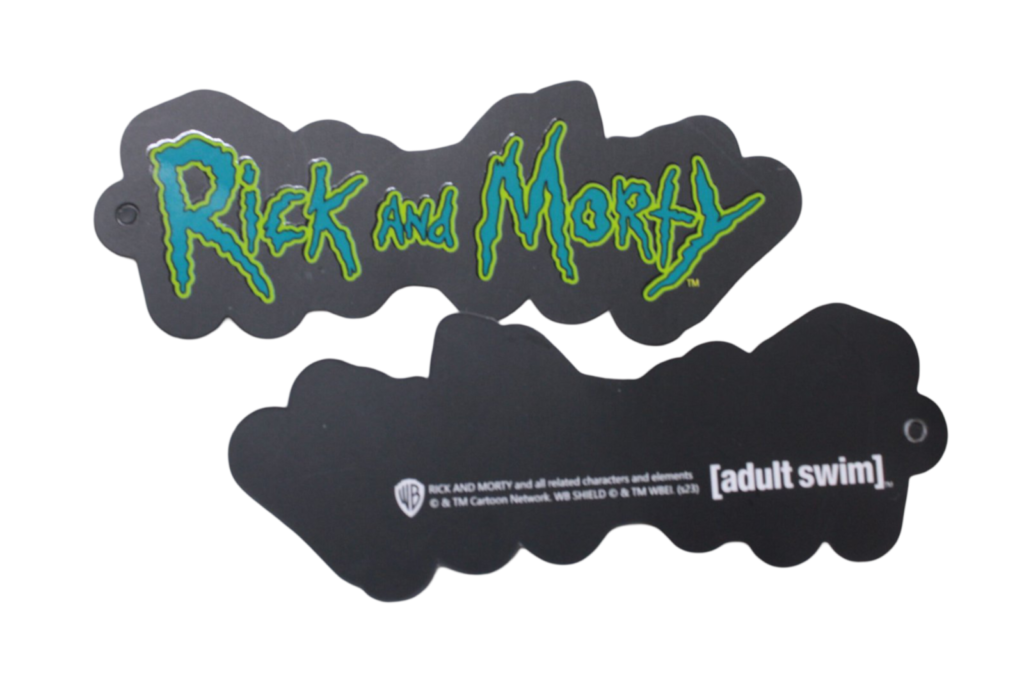
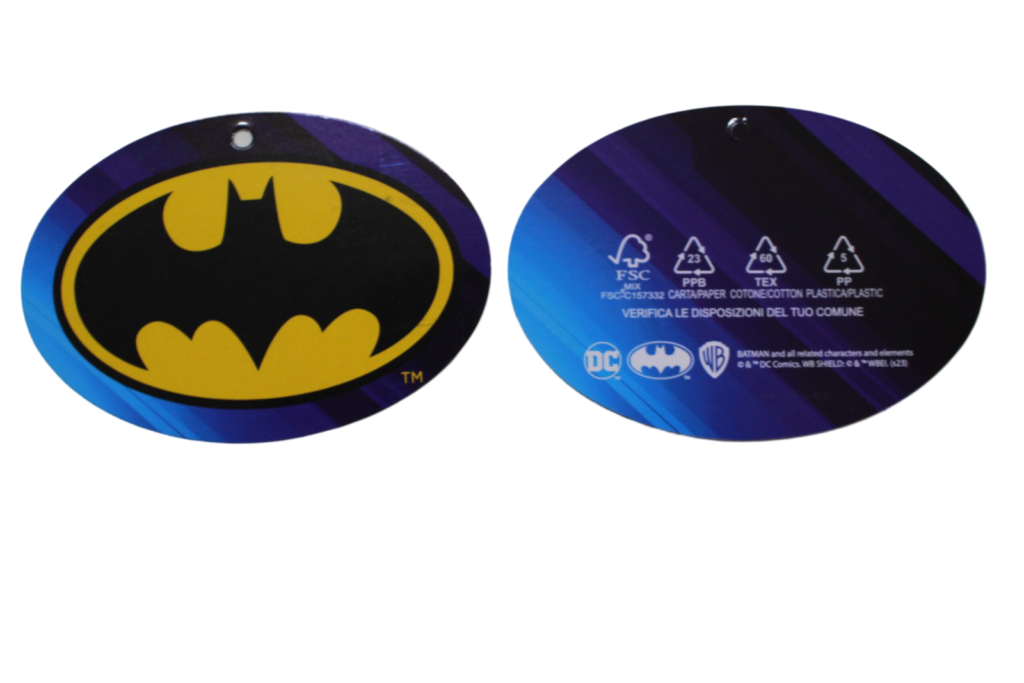
Sri Ram Printerss offers premium label printing, including woven, main, wash care, and size labels for branding needs. Their tag printing services provide customized solutions for clothing, retail, and product packaging.
© 2025 Designed by venusoftwares
